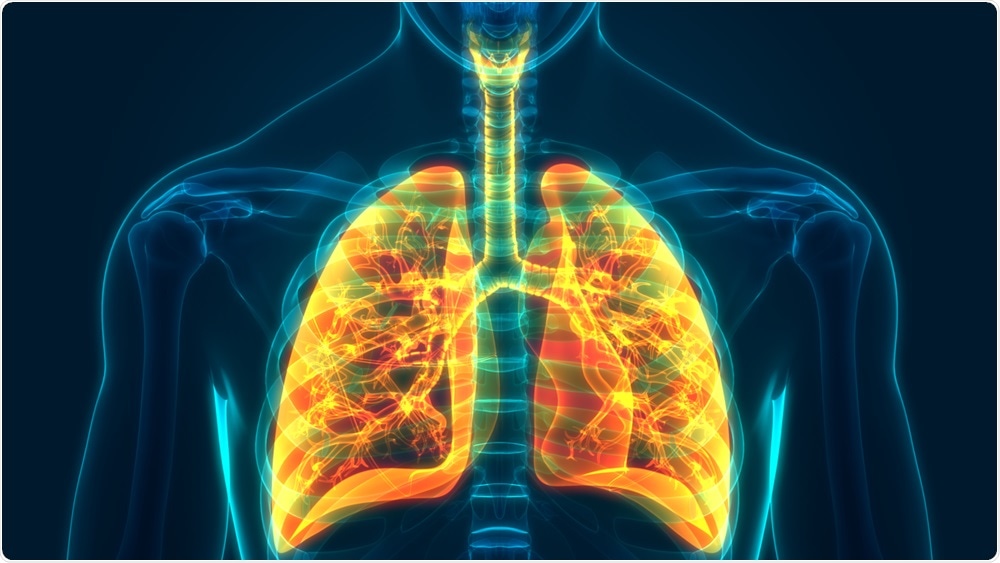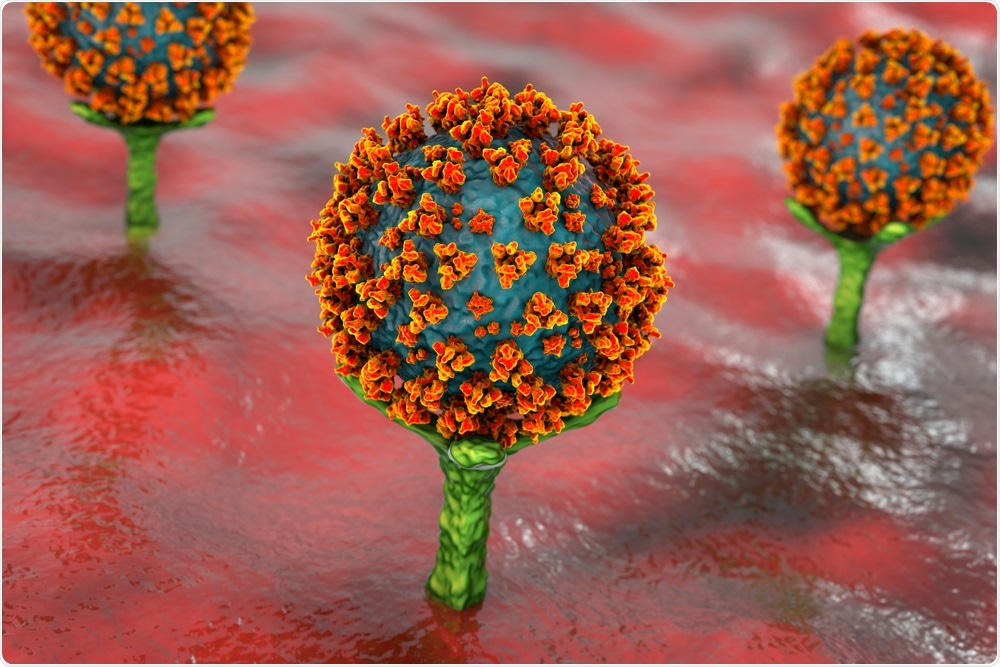News-Medical speaks to Professor Don Sin on his research into COVID-19 and its effect on smokers and people suffering from COPD.
What provoked your research in COPD and its involvement in COVID19?
We read several reports from China, which showed that smokers and those with COPD had a higher risk of severe COVID-19 pneumonia than the rest of the population.
Given that angiotensin converting enzyme (ACE)-2 is the known entry receptor for the SARS-CoV2, the virus responsible for COVID-19, we wanted to know whether ACE-2 expression was elevated in the small airways of smokers and those with COPD.
COPD is the 3rd leading cause of deaths worldwide. Could you tell us more about COPD?
COPD stands for chronic obstructive pulmonary disease. It used to be called emphysema, chronic bronchitis, smokers’ lung, asthmatic bronchitis, etc.

Image Credit: magic mine/Shutterstock.com
Since the mid-1990s, all of these old terms were abandoned in favor of COPD. COPD is characterized by the narrowing of bronchial tubes and the destruction of alveoli that leads to impairment in airflow and “holes” in the lung. The most common symptom is shortness of breath upon exertion and chronic cough.
Individuals with COPD develop frequent chest infections usually from viruses (such as influenza) that rapidly worsen their shortness of breath and cause them to seek medical help including emergency visits and hospitalizations.
Many, unfortunately, die from these episodes. In fact, once hospitalized for these “lung attacks”, the in-hospital mortality is about 10%.
What is angiotensin converting enzyme II (ACE-2)?
ACE-2 is a small protein that is found in many organs including the heart, lung, colon, and kidneys. Most relevant to COVID-19 is that cells that line the nose, mouth, and bronchial tubes express (or harbor) ACE-2 on their surface.
The SARS-CoV2 virus attaches onto ACE-2 and through this protein enters into the host cell. In other words, ACE-2 is the front door through which the virus gains entry into the host.
Once the virus gets in, it uses the host cell’s machinery to replicate multiple times and create many daughter viruses, which then go onto to infect other cells and ultimately cause pneumonia.

Image Credit: Kateryna Kon/Shutterstock.com
Why do people who have COPD, or people who smoke have higher levels of this enzyme in their lungs?
The simple answer is that we do not know. Our best hypothesis right at the moment is that inflammation in the COPD and smokers’ airways causes host cells to increase expression of ACE-2.
If ACE-2 is the ‘entry point’ for COVID19, what does this mean for people suffering from COPD?
Patients with COPD are at increased risk of developing severe COVID19 infection. So, it is doubly important for patients to follow socially distancing rules, good hand hygiene and the wearing of masks in public.
Because we think airway inflammation is very important for regulating ACE-2, COPD patients should use their inhalers and other medications to well-control their COPD.
Also, in your research, you noticed that the levels of ACE-2 are lower for former smokers than current smokers. Does this mean that levels of ACE-2 can reduce overtime?
Yes, we believe that ACE-2 levels are modifiable with behavior changes or with drugs. For example, when cigarette smokers quit, the ACE-2 levels in the airways significantly decrease.
What can people suffering from COPD do to protect themselves against developing COVID19?
Patients should follow general protective recommendations including social distancing, good hand hygiene, and the wearing of a mask. Patients should continue taking their inhalers and other medications for their COPD.
Do you believe that if individuals quit smoking, they could reduce their chances of developing COVID19?
Yes, quitting smoking will reduce lung inflammation and ACE-2 levels in the airways. This will decrease their risk of getting severe COVID-19 pneumonia.
Could it be possible to manipulate the levels of ACE-2 to help improve the chances of survival in patients infected with COVID19?
This is an area of active research right at the moment. Many investigators around the world are working on ways to reduce ACE-2 levels in the airways without causing ACE-2 levels elsewhere in the body to be affected.
If we can just close off the “front door” for the virus, then the risk of COVID-19 will be significantly reduced. Right now, the best way to reduce ACE-2 levels is by stopping smoking and avoiding air pollution.

Image Credit: Gorynvd/Shutterstock.com
What is next in your research into COPD?
We are testing various medications to see whether ACE-2 levels can be decreased in the airways. We will have some answers shortly.
There are very promising existing as well as new drugs that can do this. We are also working with collaborators to develop a rapid diagnostic test for COVID-19.
Where can readers find more information?
Read Professor Sins research here
Read how St. Paul’s Foundation is supporting health care workers on the front lines of COVID-19
About Professor Sin

Don Sin is the Director of the Centre for Heart Lung Innovation (HLI), and a Professor of Medicine at the University of British Columbia (UBC) in Vancouver, Canada. He holds a Tier 1 Canada Research Chair in COPD and the De Lazzari Family Chair at HLI.
He has published more than 500 peer-reviewed papers and has an H-index of 93. He has served on the Global initiative for Chronic Obstructive Lung Disease (GOLD) scientific committee since 2009.